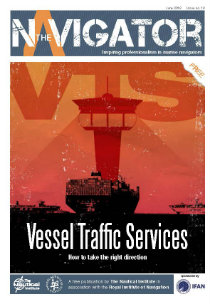Last December a very interesting article has been posted in ATSB’s Blog In Focus by Martin Dolan, Chief Commissioner of ATSB addressing the fact that investigation reports aim in identifying what went wrong in an incident and not to play the role of a judge. According to Martin Dolan it is not a function of the ATSB to apportion blame or determine liability. At the same time, an investigation report must include factual material of sufficient weight to support the analysis and findings.
This statement is based on what is required of ATSB by law. More simply put, ATSB is not in the business of blaming people for accidents or incidents – but in the business of explaining what happened in order to minimise the chance of it happening again. In shorthand, ATSB (or any other investigation authority) is a ‘no blame’ organisation.
This approach has major benefits for improving transport safety. ATSB acting consistently in accordance with the ‘no blame’ principle ensures people are willing to give lots of sensitive information without fear that the information will be used against them. This helps to understand dimensions of an accident or incident that might otherwise be unknown.
This information is used to identify safety issues (that is, areas where steps can be taken to reduce risks in transport safety), to promote positive safety action and to educate industry. The goal is always to improve safety.
Despite this, it is surprising how often people read an investigation reports as apportioning blame. “I’ve seen more headlines than I’d like that start with the words ‘ATSB blames’. We don’t.” said Martin Dolan, Chief Commissioner of ATSB.
That being said, it is sometimes the case, despite best efforts, that the facts of an accident or occurrence speak for themselves. And sometimes those facts have to be put on the table so everyone understands what happened and why an investigation arrived at its conclusions.
In the same way, sometimes people assume that the ATSB should be the regulator of safety. In an overall system of safety, a regulator ensures that operators are managing safety risks well. If safety risks aren’t managed to a proper standard then, at times, the regulator will need to find fault. By contrast, an investigation’s authority role is to understand whether the system of safety itself needs to be changed to improve safety. The two roles are complementary – but very different.
Investigators take no-blame mandate very seriously. It is a foundation of their work. Besides being a legislative requirement, the no-blame philosophy extends to the way on how to directly cooperate with anyone involved in an occurrence.
Source: ATSB Blog In Focus














Leave a Comment